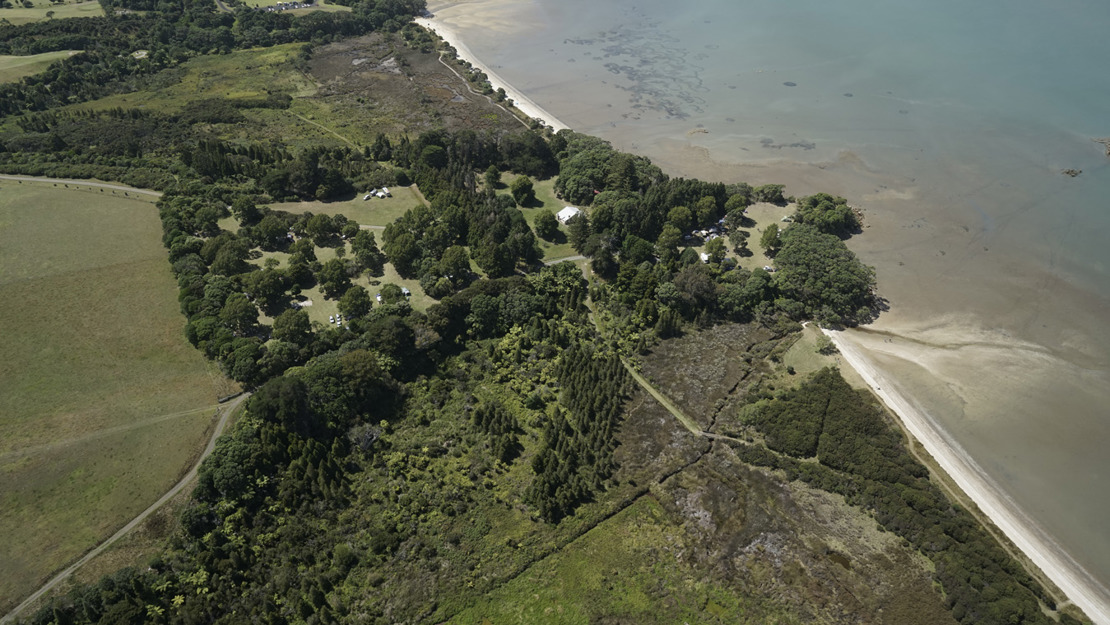Āwhitu Regional Park Wetlands
The coastal wetlands at Āwhitu Regional Park are some of the most significant wetland and saltmarsh areas on the Manukau Harbour and provide important habitat to a number of native species.
Size: 46 hectares
Site description
The Āwhitu Regional Park wetlands are situated on the edge of the Manukau Harbour. They are protected within the regional park boundaries.
This biodiversity area is made up of two large wetlands which transition from freshwater to saline. Forest, scrub and restoration plantings also surround the wetland alongside pōhutukawa treeland on the cliffs at the southern end of the beach.
Although both wetlands were initially restored through planting and floodgate removal, native saltmarsh species have also established naturally. This area now has some of the most significant coastal wetlands and saltmarshes in the Manukau Harbour.

Wetland and coastal bird species
The wetlands provide important habitat for many native species including:
- the largest mātātā (fernbird) population within the Manukau Harbour
- mioweka (banded rail)
- pūweto (spotless crake)
- matuku hūrepo (Australasian bittern), which has a threat ranking of nationally critical.
The coastal margin also provides habitat for shorebirds including:
- matuku moana (reef heron)
- taranui (Caspian tern).
Forest bird species
The biodiversity focus area extends to the southern end of the beach and includes the pōhutukawa-dominated vegetation growing on the steep slopes. Native birds recorded in the forest and scrub areas include:
- pīpīwharauroa (shining cuckoo)
- pīwakawaka (fantail)
- riroriro (grey warbler)
- tūī
- kererū.
Threats
There is an active weed and animal pest control programme to protect the biodiversity values here. Most of the riparian planting is now complete.



